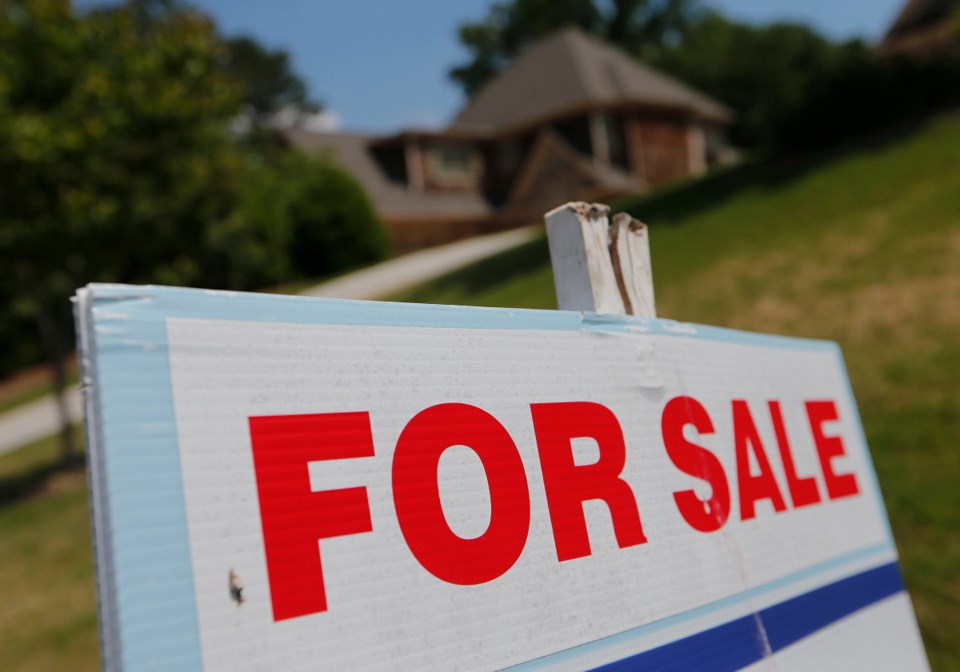Buyers in Greater Victoria spent about $73.87 million over the asking prices for homes through the first six months of this year, according to an analysis of local real-estate data.
Veteran real estate agent Nicole Burgess of Pemberton Holmes mined new data from the Victoria Real Estate Board to determine that about $73.87 million was spent in excess of the asking price in the first half of 2017.
“Victorians spent $73 million to ensure they got the property they wanted,” said Burgess, noting that the dollars spent above listing prices were designed to clear away the competition in a market with low housing supply.
“There is clearly more demand than there are properties available — it’s pretty simple,” she said. “There is competition [among] buyers all over the region.”
Burgess said that with strong demand and low inventory, the market is seeing many multiple-offer situations that tend to drive the price above what the seller is asking.
In the core municipalities, about 55 per cent of all single-family home deals this year were reached beyond the asking price, Burgess said. That translates to more than $40 million.
In total, slightly more than $52 million was spent over the asking price for single-family homes in the region.
By comparison, about $21 million was spent over the asking price for strata properties around the region.
And those figures come in a year when sales activity has dropped, compared with 2016.
Through the first half of 2017, 4,981 units were sold. That’s down from 6,181 at the same point in 2016.
“It has been busy. But the number of sales is off, largely due to the fact there is less product available and less to choose from,” said Ron Neal of Remax Alliance.
Neal said there are plenty of buyers who can’t find what they want. Others want to make a move within the market, but without something to move to, they aren’t willing to list their property.
“It’s a Catch-22,” Neal said. “So lots of people are sitting there, stuck.”
That might have resulted in a less exciting real-estate market this year compared with the record-setting 2016. But the capital region’s real estate market still grew through the first half of 2017, according to the Victoria Real Estate Board.
“People are getting used to this new tempo of brisk sales,” board president Ara Balabanian said. “However, when we look at the longer-term numbers, we’re in a very active market.”
A total of 1,008 properties changed hands last month, down from the 1,174 sold in June last year, though it was well above the 10-year monthly average of 798 sales.
“If we remove 2016 sales, this June would have been the record breaker,” Balabanian said.
There were 1,915 active listings for sale at the end of June. That represents a slight increase from May, but is 16.3 per cent below the number of available properties listed at this time last year.
“The good news for buyers is that inventory is slowly starting to build, but buyers can still anticipate multiple-offer scenarios in certain high-demand neighbourhoods where inventory is being bought at a more rapid pace,” Balabanian said.
The benchmark value for a single-family home in the Victoria core increased by 15.1 per cent to $829,600 in June, compared with $721,000 last year.
A benchmark price reflects a typical home in a specific area.
Neal said it’s difficult to predict what will happen over the balance of 2017, but suggested higher interest rates could change the dynamics.
After holding the line for seven years, the Bank of Canada has said it could increase interest rates next week.
“Theoretically, it should affect things. That balance of supply and demand is dependent on how many buyers there are,” Neal said.
“If rates go up a quarter of a per cent, that’s about a 10 per cent increase in cost, which makes investing look less attractive — and affordability takes a hit.
“The more they go up, the more buyers it takes out of the market.”



